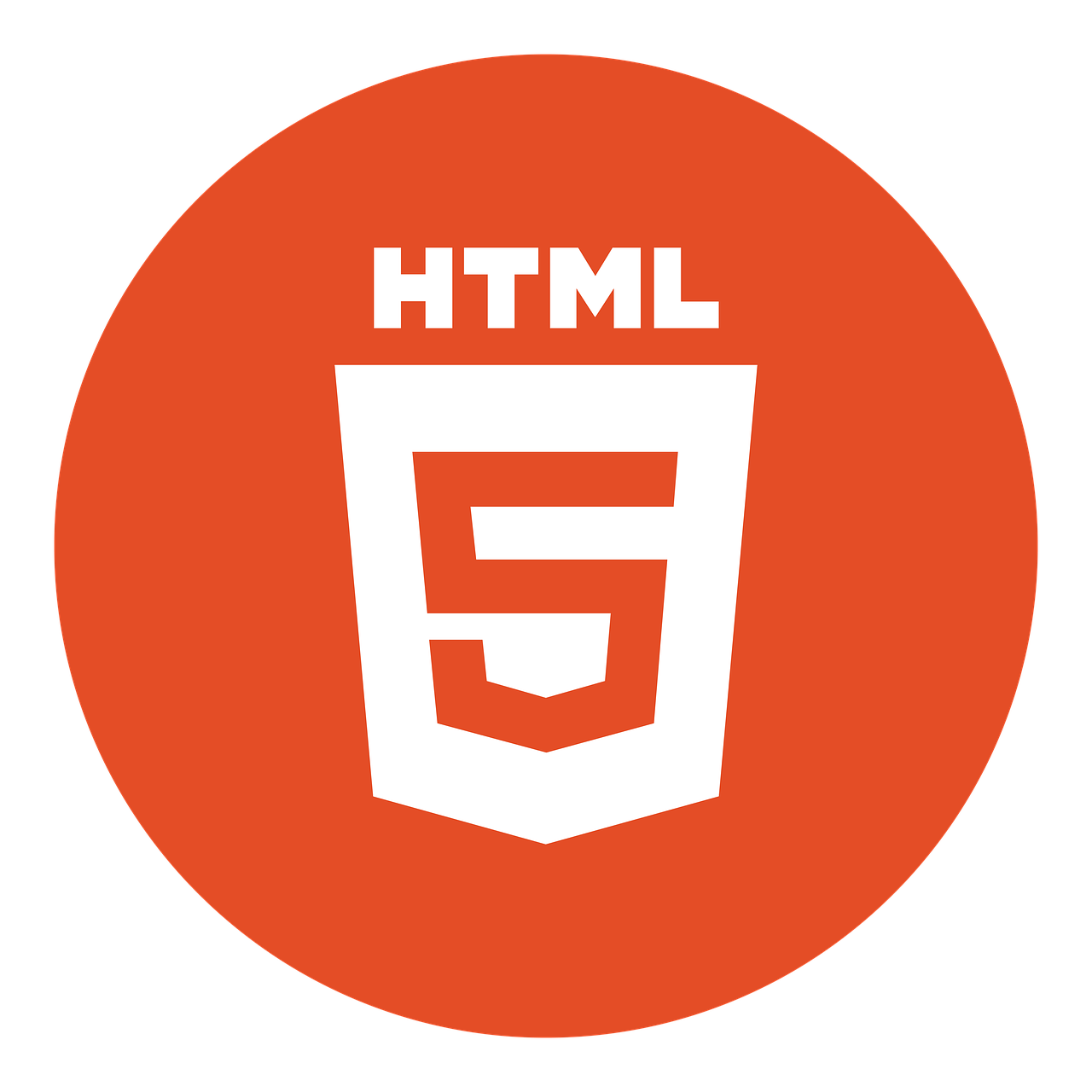HTML - HyperText Markup Language

What is HTML?
HTML is the standard markup language used to create and structure content on the web. It describes how elements such as text, images, and multimedia are displayed in a browser.
Key Characteristics of HTML
- Not a programming language: HTML is a markup language, not used for logic or calculations.
- Tag-based: It uses tags like <p>, <h1>, <img>, etc., to define elements.
- Static structure: It provides the skeleton or layout for the webpage; styling and interactivity are added via CSS and JavaScript.
Core Elements in HTML
- Headings: Used to define the structure of content. Ranges from <h1> to <h6>.
- Paragraphs: Displayed using <p> tags.
- Links: Use <a> tags to create hyperlinks.
- Images: Embedded with the <img> tag using src and alt attributes.
- Lists: Ordered (<ol>) and unordered (<ul>) lists help organize information.
- Tables: Use <table>, <tr>, <td>, and <th> for tabular data.
- Forms: Allow user input with text fields, buttons, checkboxes, etc.
Accessibility in HTML
Good HTML ensures that your website is usable by everyone, including users with disabilities. This includes:
- Using alt attributes for images
- Applying proper heading hierarchy
- Adding label tags for form inputs
- Utilizing semantic tags for better screen reader support
Why Learn HTML?
- It’s the starting point of all web development.
- Essential for creating web pages, email templates, and web apps.
- Forms the base for frontend libraries and frameworks like React, Angular, and Vue.
← Back to Home
